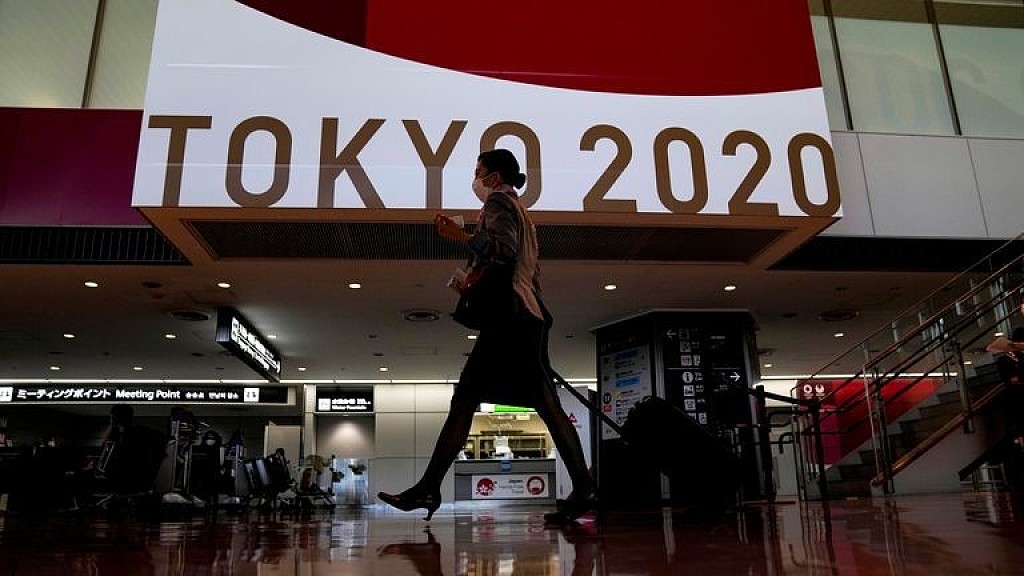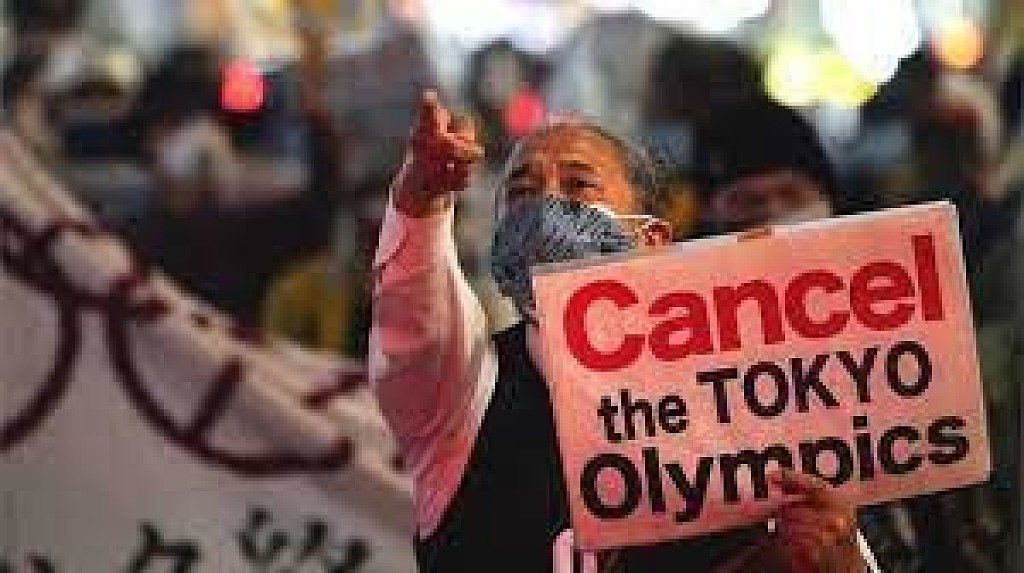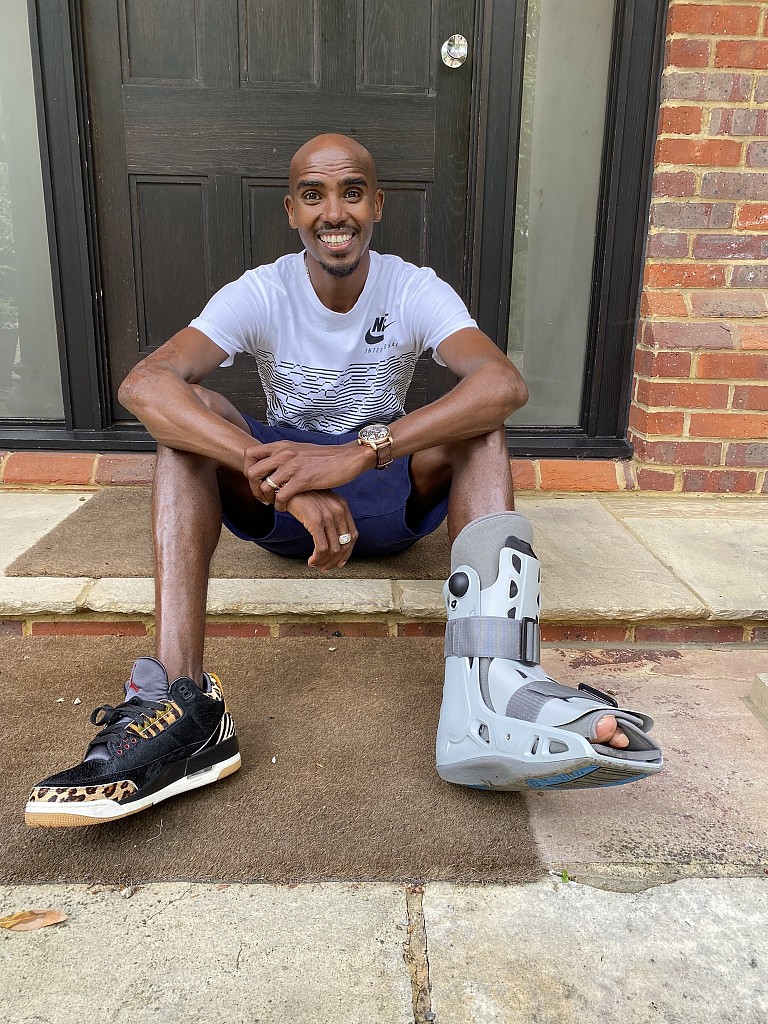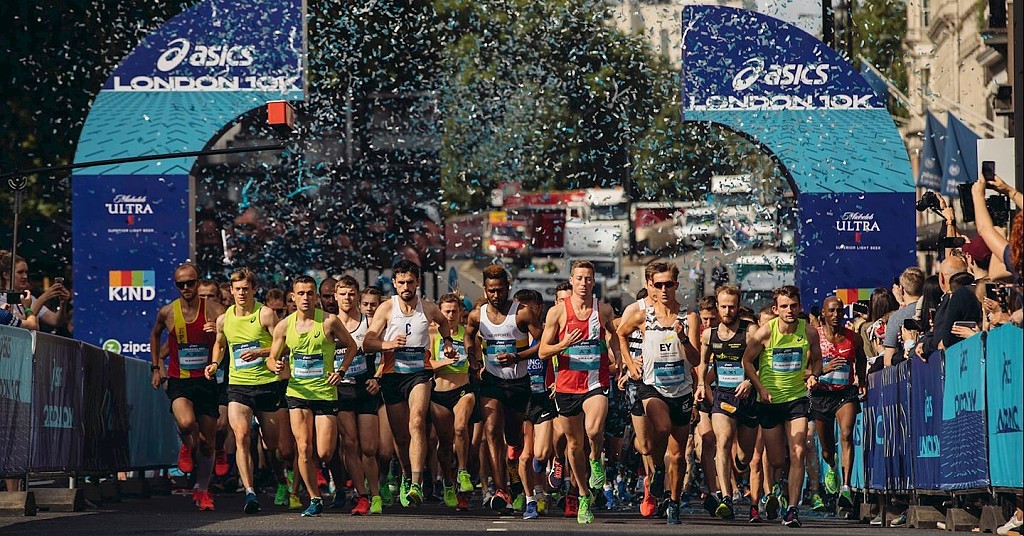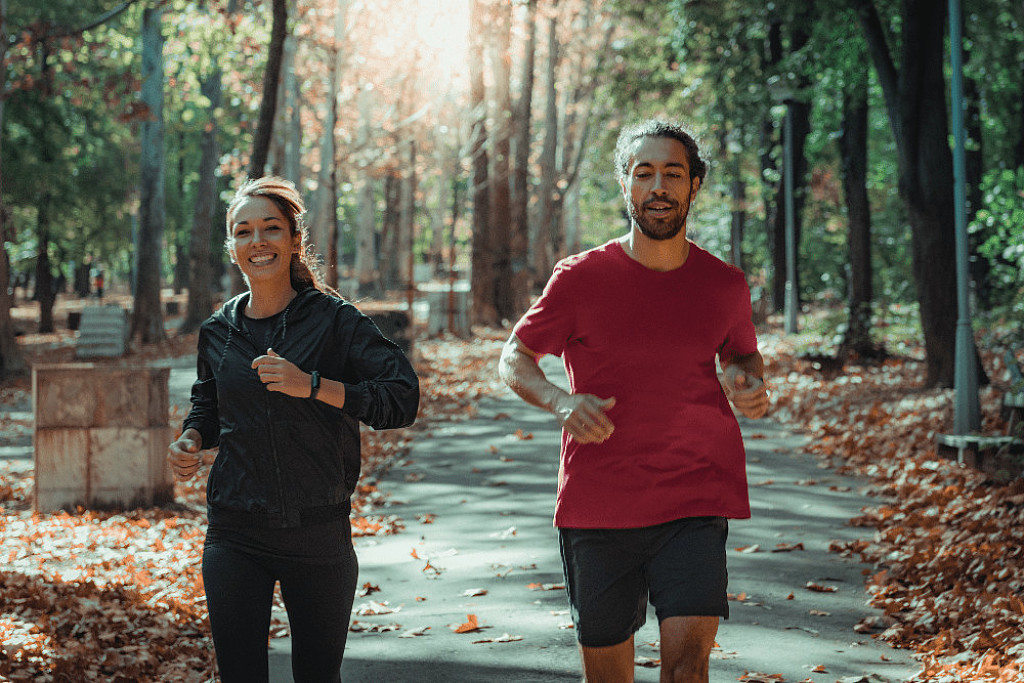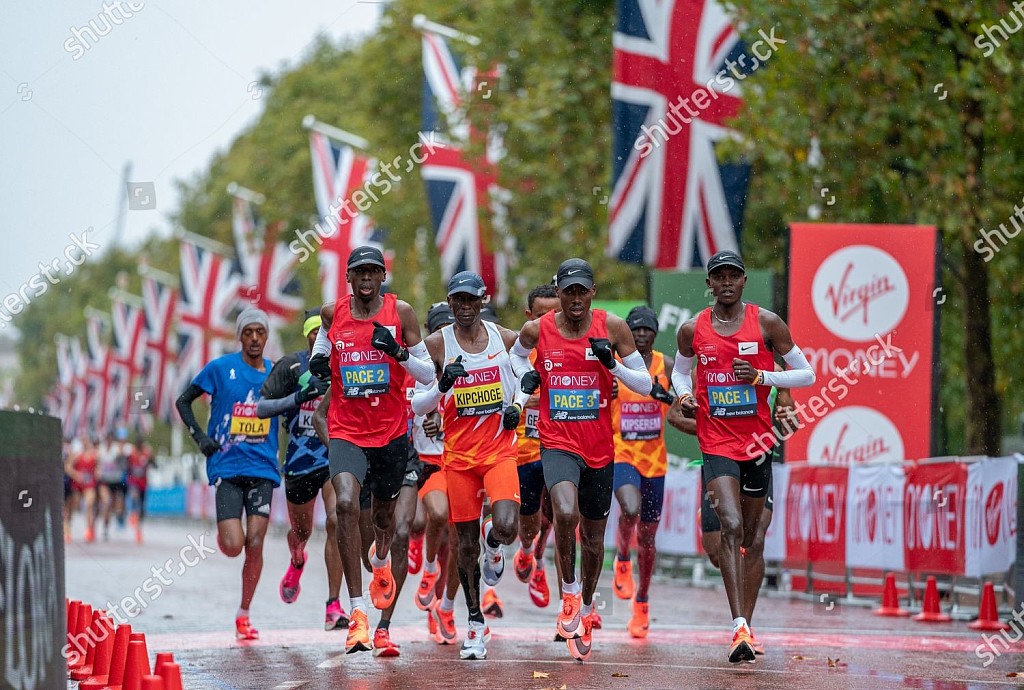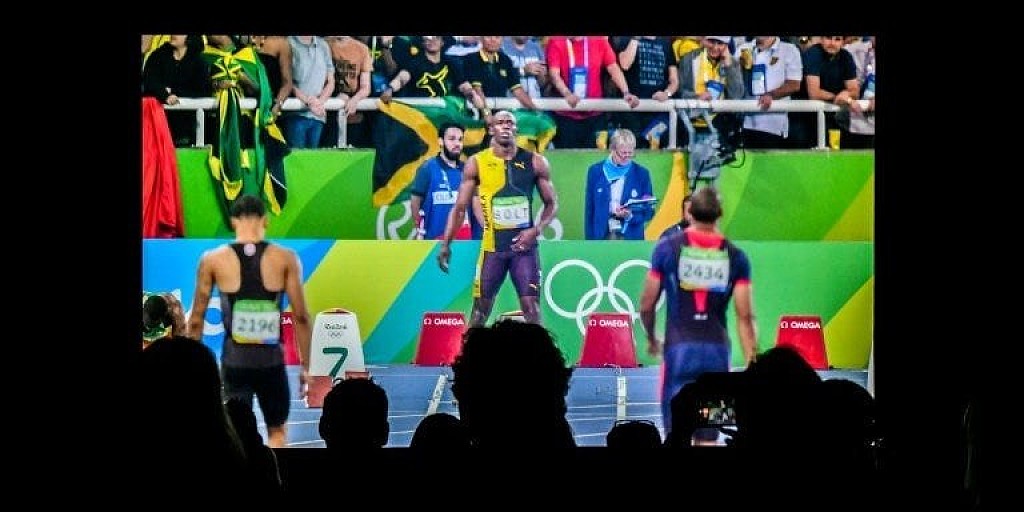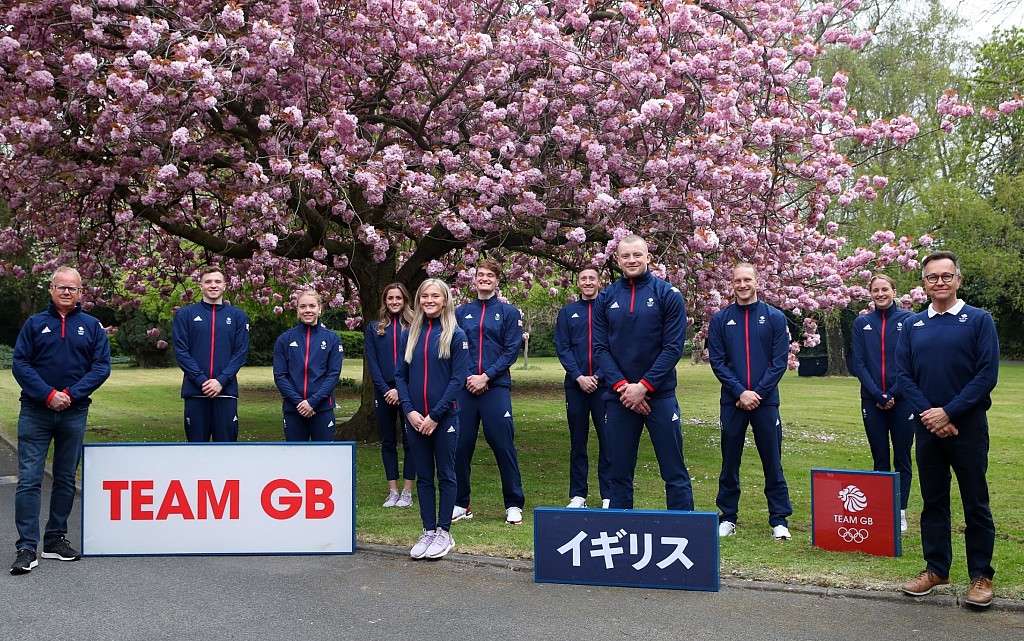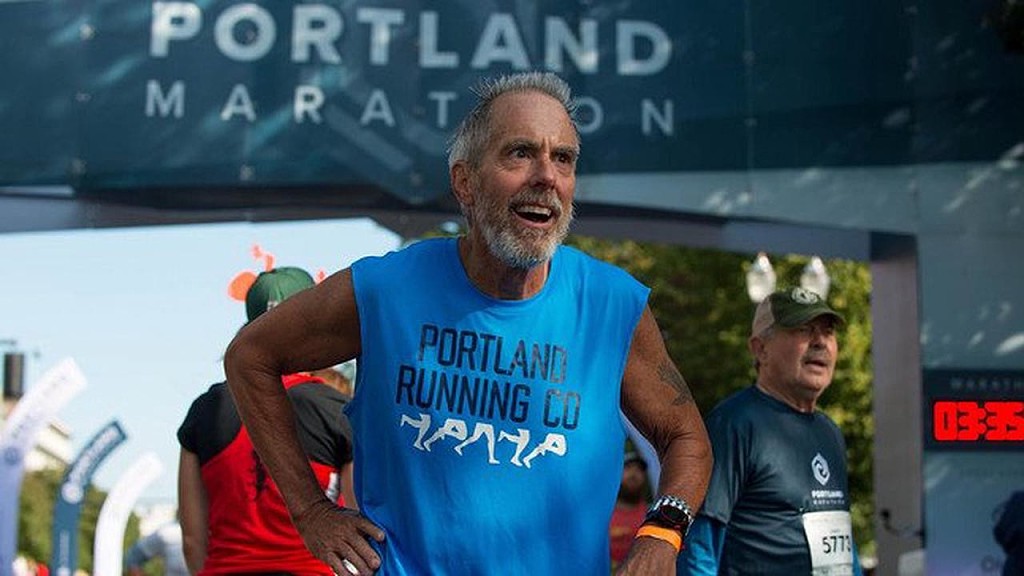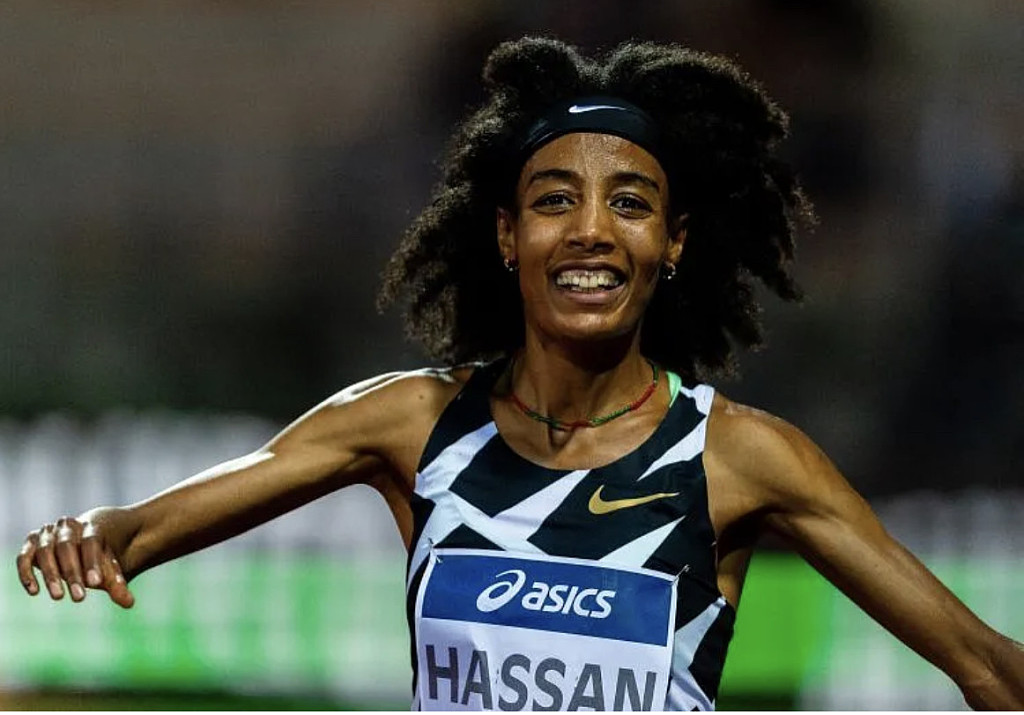Running News Daily
Top Ten Stories of the Week
7/24/2021
These are the top ten stories based on views over the last week.
British athletes forced to isolate ahead of Olympics after positive Covid case on flight to Tokyo
Six members of Great Britain’s athletics team for the Tokyo Olympics have been forced into isolation after a passenger on their flight to Japan tested positive for coronavirus.
The six athletes, who have not been identified, and two members of staff have been deemed close contacts of the individual in question, who is not from the Team GB delegation.
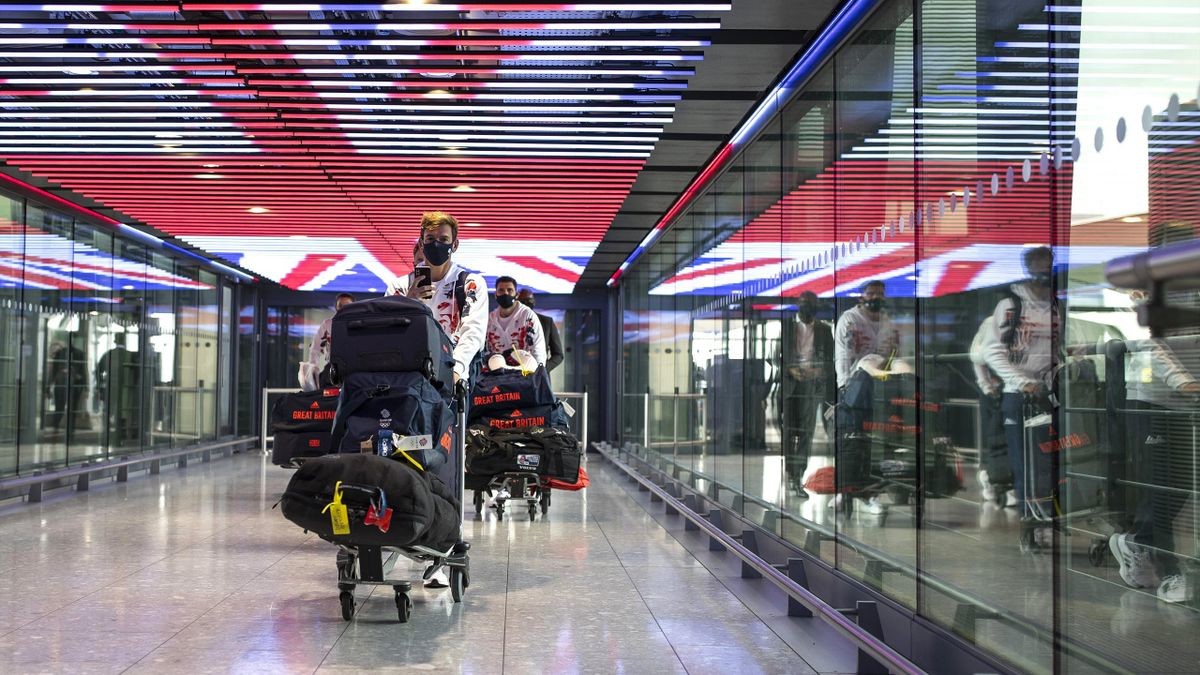
The group’s flight arrived in Tokyo on Friday and all eight have since tested negative but are isolating at Team GB’s prep camp. The athletics events in Tokyo are scheduled to begin on July 30.
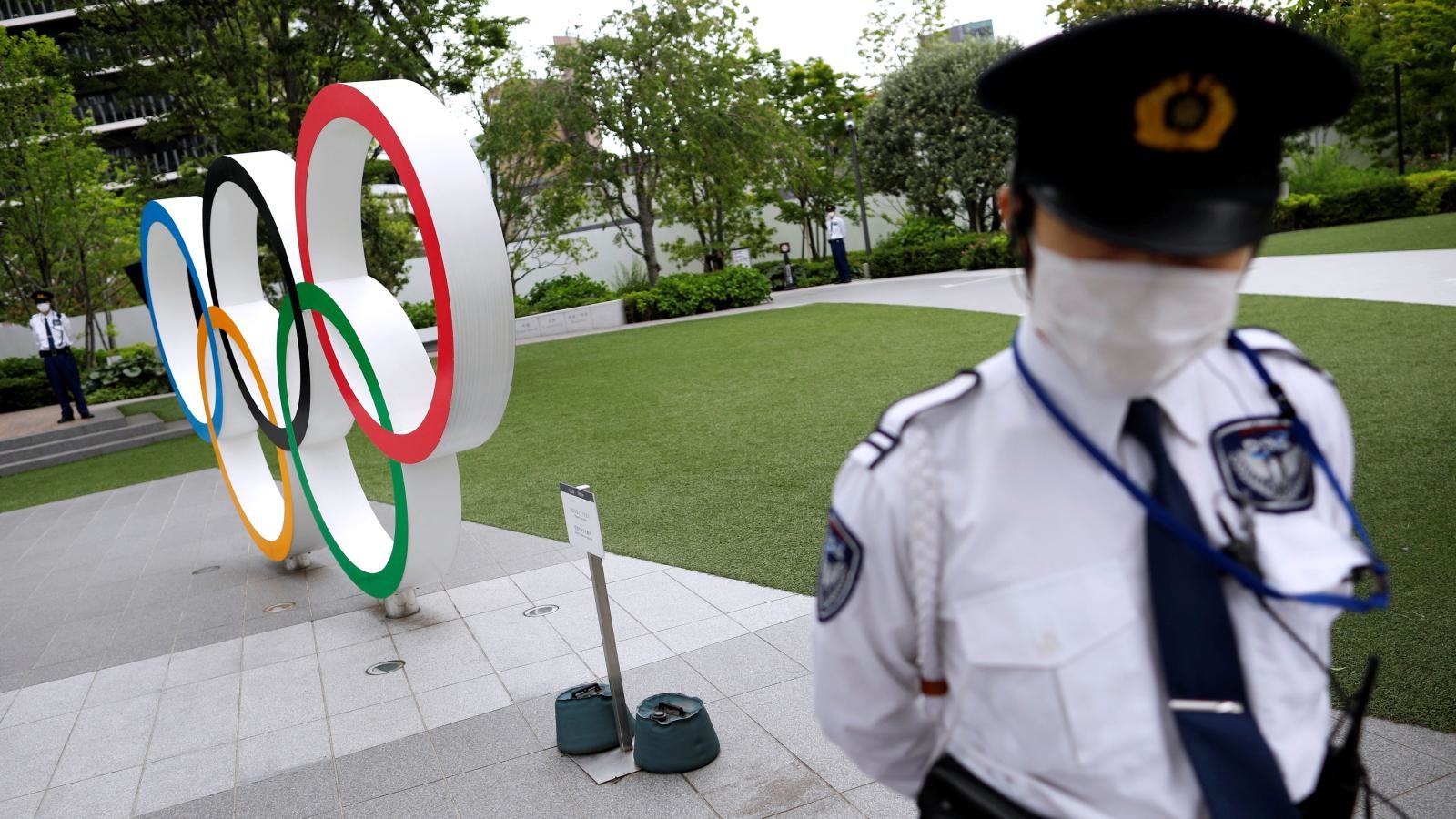
A statement from the British Olympic Association said: “The BOA can confirm that six athletes and two staff members from the athletics team, who through no fault of their own have been identified as close contacts of an individual – not from the Team GB delegation – who tested positive for COVID-19 following their arrival in Tokyo on 16 July 2021.
“This was identified through Tokyo 2020’s reporting service and the group have since started a period of self-isolation in their rooms at the BOA’s Preparation Camp, in line with Tokyo 2020’s Playbook protocols.
(07/19/21) Views: 281
Malik Ouzia
The chief of the Games has stated that a last-minute cancelation of the Olympics remains an option
When the Tokyo 2020 Olympics were originally postponed, organizers were hopeful that by 2021 the COVID-19 pandemic would be well in our rearview mirror. As the virus continued to affect countries around the world, the Olympics became the centrepiece of a global debate: should the Games be canceled? Organizers have been adamant that the Games will go forward as planned, and months of planning have gone into putting rules and protocols in place to prevent them from becoming a super-spreader event. As athletes and officials have begun arriving in the Olympic Village, it appears as though the fears held by many are coming true, and the first cases of COVID-19 in the Village have officially been reported.
The first case was confirmed on Saturday (July 17). The affected individual was not an athlete, but an official connected to the Games. According to Inside the Games, they had not tested positive upon arrival in the Tokyo airport, but a test taken during the screening process at the Village returned the positive result. The official is now in a 14-day quarantine.

“We are making sure to do everything possible to ensure that there is no COVID-19 outbreak,” Tokyo 2020 President Seiko Hashimoto said. “We are sparing no efforts. We are doing everything we can to prevent any outbreaks.”
Hashimoto added that should there be an outbreak, they will have a plan in place to contain it. Still, this case comes as a significant concern to organizers and the International Olympic Committee (IOC), who have promised the Olympic Village will be the safest place in the city. As of Saturday, there had been 14 more positive cases connected with the Games since July 1 for a total of 44 during that period, although those cases did not occur in the athletes’ Village. Four of them were reportedly from “Games connected personnel”, while seven others came from contractors working on the Olympics and two more from members of the foreign media.
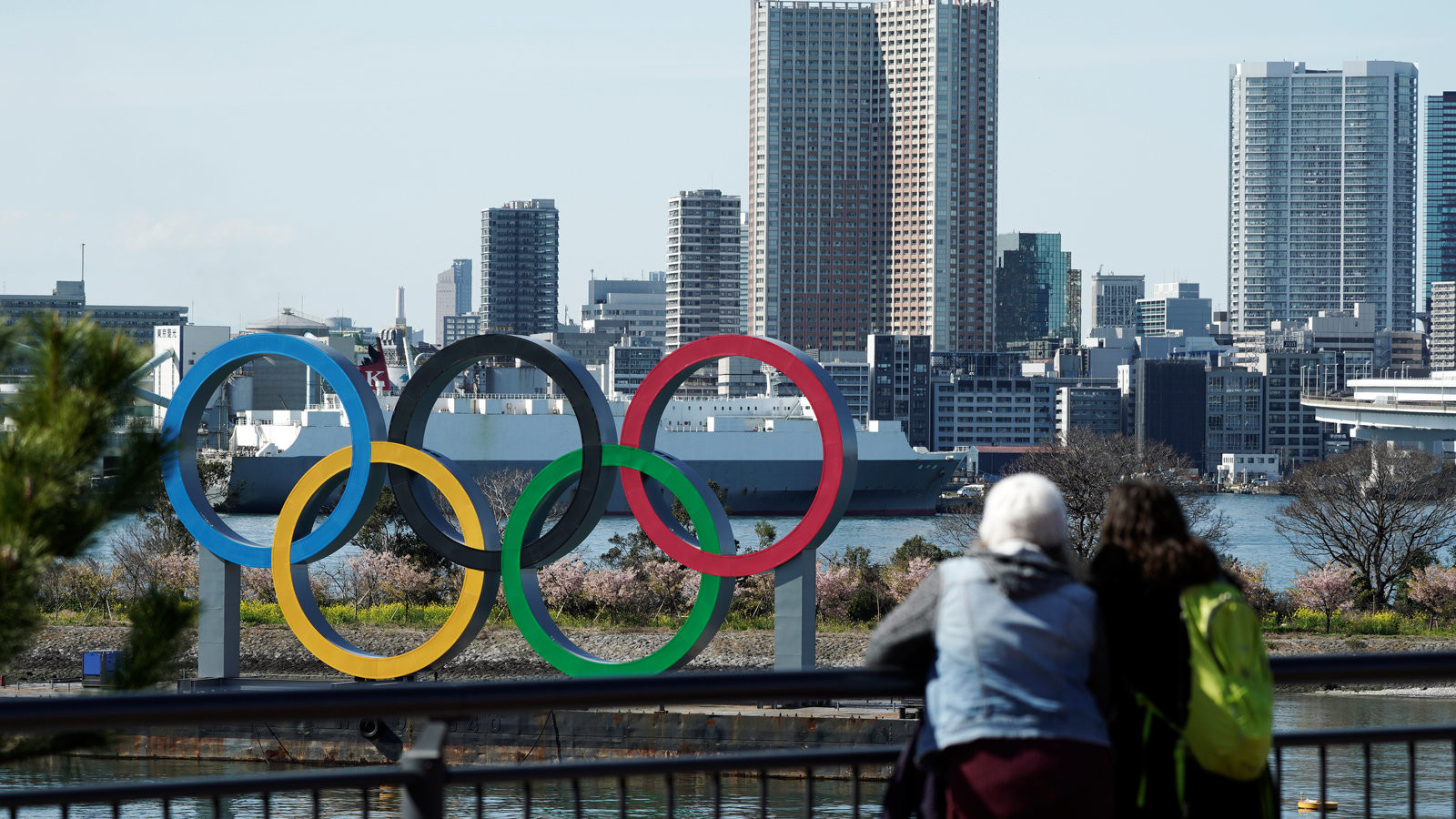
Unfortunately, the positive results have not stopped there. As athletes have begun arriving at the Village ahead of the first day of the Games this Friday, 10 more positive tests were reported on Sunday, including two South African soccer players and one other athlete, who tested positive upon arrival at the Tokyo airport. This brings the total number of positive cases associated with the Games up to 55 since July 1.
Several teams from other countries have now been forced into isolation due to issues with COVID-19, including members of the Athletics (track and field) team from the U.K. Six athletes and two staff members have been forced into isolation after a passenger on their flight to Japan tested positive, and they were identified as close contacts.
“This was identified through Tokyo 2020’s reporting service and the group have since started a period of self-isolation in their rooms at the BOA’s preparation camp, in line with Tokyo 2020’s Playbook protocols,” the British Olympic Association (BOA) said. “The group all tested negative at the airport and have continued to test negative upon arrival into the country. They are under the supervision of the Team GB medical team, led by chief medical officer Dr. Niall Elliott.”
These positive tests are alarming and call into question how issues surrounding the virus will affect the athletes’ ability to prepare for competition, even those who don’t produce a negative test. The IOC has stated that at least 85 per cent of the athletes and staff who will be staying in the Village have been vaccinated, but as more athletes continue to arrive in Tokyo, the risks for spreading the virus will only get higher. As of the Tuesday, the total positive case count has reached 65, and the chief of the Games has reportedly not ruled out a last-minute cancelation should the situation continue to worsen.
(07/20/21) Views: 167Brittany Hambleton
Mo Farah targets one more race despite stress fracture set-back
Mo Farah’s efforts to qualify for the Tokyo Games ended in frustration with a failed attempt at the Olympic qualifying mark in Manchester last month. Any hope he had of racing again this summer have been thwarted, too, by a stress fracture. But he still hopes to finish his career in a road or track race somewhere.
When asked by Victoria Derbyshire from BBC where he sees his final race being, Farah said: “I think it will be a marathon or half marathon. And I’d like to show one more track event.”
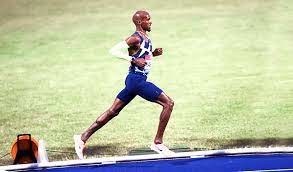
Over 10,000m?

“Somewhere,” he replied, before adding that he could not say whether it might be next year’s World Championships or not.
He added: “You know what goes up must come down at some point, so I know my career will (come down) because that’s just life.
“But at the same time I don’t want it to end like this. I want to keep pushing it. And then when I want to finish, I’ll finish.
“But right now, for the minute, it’s like ‘nah’.”
So how does he want it to finish?
“I want to be out there celebrating with my fans,” he explained. “I want to show people who have supported me through my career from being a young child. And so if I’m going to do one race then I’d like to get everyone out and show the appreciation and show what I can do.”
(07/18/21) Views: 151Athletics Weekly
ASICS London 10K will return in July
The ASICS London 10K will return to London on Sunday, July 25 this year, in what organisers say is the largest closed road running event since the pandemic began in March 2020.
14,000 registered runners will be able to take part in the event, which is also part of a global study into the effect of movement and running on wellbeing.
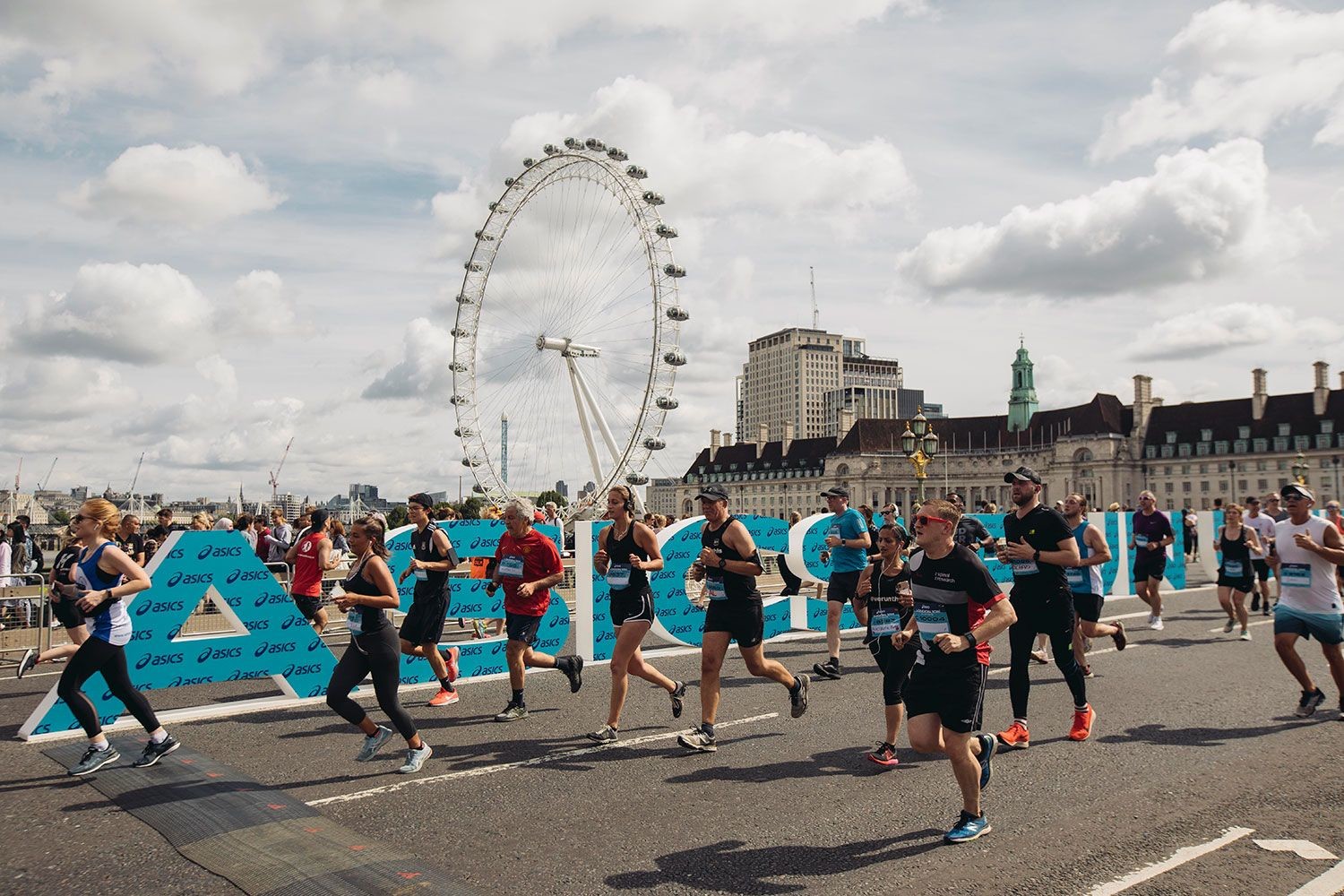
The race will begin in Piccadilly, taking in famous Westminster locations like St James’s Palace, Trafalgar Square, the Victoria Embankment and Big Ben, before finishing in Whitehall, with live bands and DJs en route.The ASICS London 10K will return to London on Sunday, July 25 this year, in what organisers say is the largest closed road running event since the pandemic began in March 2020.
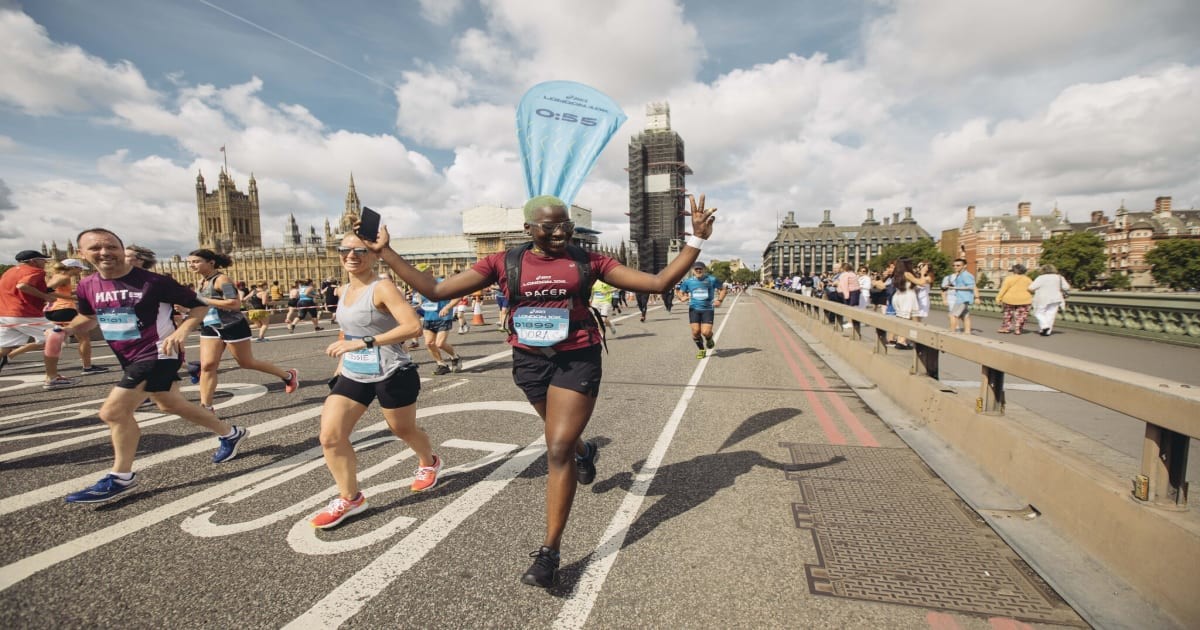
14,000 registered runners will be able to take part in the event, which is also part of a global study into the effect of movement and running on wellbeing.
The race will begin in Piccadilly, taking in famous Westminster locations like St James’s Palace, Trafalgar Square, the Victoria Embankment and Big Ben, before finishing in Whitehall, with live bands and DJs en route.
James Robinson, Managing Director of Limelight Sports Club, which is producing the event, said: ‘It’s been a challenging 16 months, but community and running has played such an integral role with regards to people’s mental and physical health. We can’t wait to see runners back on the start line of the ASICS London 10K on 25th July.’
Everyone taking part in the ASICS London 10K will be invited to take part in a study into the effect of movement on mental wellbeing via the Mind Uplifter, a tool developed by ASICS, movement and mental health expert Dr Brendon Stubbs and technology agency Solarflare Studio. Using facial scanning technology and data collection from athletes themselves, ASICS says the tool can ‘capture the impact of different sports across 10 emotional and cognitive metrics, showing how they impact mood and brain function.’
ASICS recently launched its State of Mind Index, a survey which asked more than 6,000 people across 40 English counties to rate their mental state. The Index, produced in partnership with mental health charity Mind, revealed that London’s current mood is a rather low 59 out of 100, with 76% of respondents admitting to wanting an ‘uplift’.
Dr Stubbs, who lectures at King’s College London, said of the State of Mind Index: ‘At a time where we are turning a corner with a more positive outlook, the nation is still currently apprehensive, and this is reflected in our general mental wellbeing. The nation is clearly in need of an uplift and the summer of sport ahead has the power to give us all the boost we need.’
With tens of thousands of runners due to take part in the race, ASICS has put a number of measures in place to prevent the spread of Covid-19. These include a requirement to complete a health declaration before the event, proof of a negative lateral flow test, allocated arrival times, and an extended open period for the race start line.
(07/16/21) Views: 84Jacob Moreton
Which is best? Active vs. passive recovery
The importance of recovery for runners. After all, you can’t expect to continue running well if you don’t give your body the time to rest and adapt to your workouts.
But is which type of recovery is better? Active or passive? As with most things, there are benefits and room in your training for both.

Active vs. passive recovery
First, what exactly is the difference between active and passive recovery? Passive recovery refers to complete rest, and you can think of a full rest day like a good night’s sleep. On days like this, you want to avoid doing anything too strenuous, such as doing heavy yard work, helping a friend move or going on a big hike. In comparison, active recovery is like taking a short nap. It involves doing easy to moderate-intensity activity, like a short, easy run, walking, cross-training, yoga, hiking, or any activity that gets your blood flowing but isn’t too taxing.
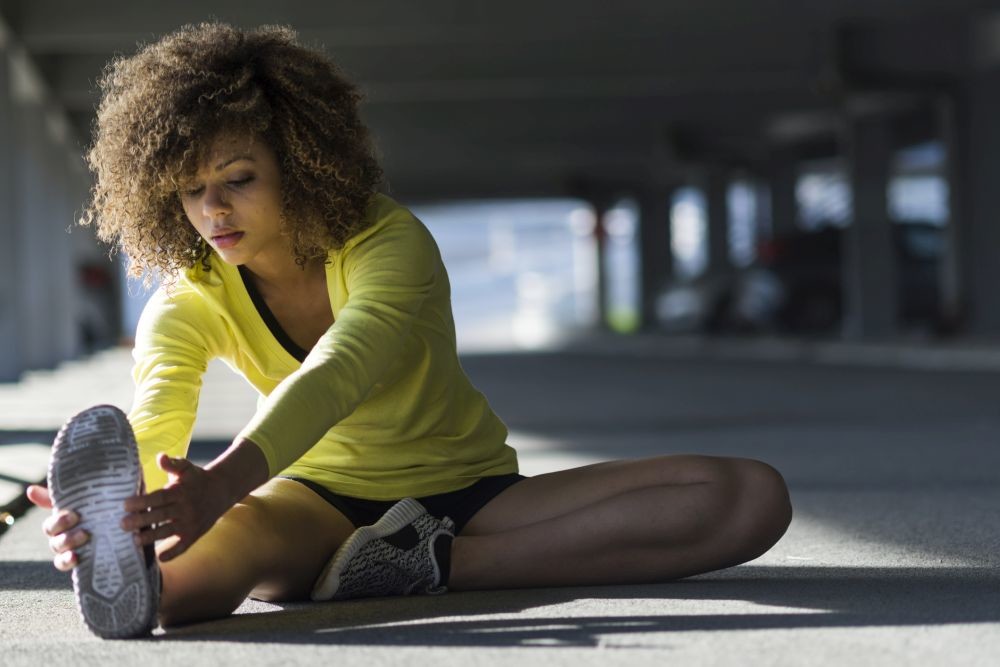
Both have benefits
While we often think of rest as meaning little-to-no activity, rest after a hard workout can also mean recovery through movement, which is where active recovery provides a lot of benefits. Doing light, low-impact activity after a hard run can promote blood circulation to your muscles to help them repair and prevent soreness. Enjoying some light movement can also help clear your head, allowing your mind to recover from your workout as well. This way, you’ll be both physically and mentally ready to tackle your next hard session when the time comes.
Cycling is a popular active recovery activity among runners because it’s a similar motion to running but with less impact on your joints. Hiking can also be beneficial, because walking on an incline can strengthen the little stabilizer muscles around your feet and ankles. Doing bodyweight exercises like core work, air squats, lunges and calf raises can also boost circulation while helping to build strength as well, and yoga can be a great way to relieve tension and stretch tight areas in your body. More experienced runners can use easy jogging as an active recovery strategy, but they should be sure to keep the pace slow to allow proper recovery.
While there may be plenty of benefits that come with active recovery, this doesn’t mean that passive recovery, or full rest, doesn’t have a place in your training plan. Particularly for runners who are training many days per week (five or six), having a scheduled rest day is important to prevent over-training and burnout. On top of that, there is nothing wrong with having an unplanned rest day, either. Some days, whether you have a workout or an active recovery session planned, your body may be asking you for an extra full rest day. It could be that you’re feeling more sore or tired than usual, or it could be that your workout the day before didn’t go well. However your body is communicating it to you, you should listen to it. Pushing your body when it really needs rest will only lead to injuries and burnout, and won’t help your performance.
The bottom line
Both active and passive recovery is important for runners and should be a part of your training plan. It is up to you to listen to your body to know which type of recovery it needs and to prioritize rest so you can continue to run well.
(07/21/21) Views: 76Brittany Hambleton
London Marathon new date confirmed
The London Marathon has been given the green light to go ahead and it’s been confirmed that the famous run will take place on October 3 in a route across the city.
A record 50,000 people are expected to run the 26.2 mile route after coronavirus has led to postponements.
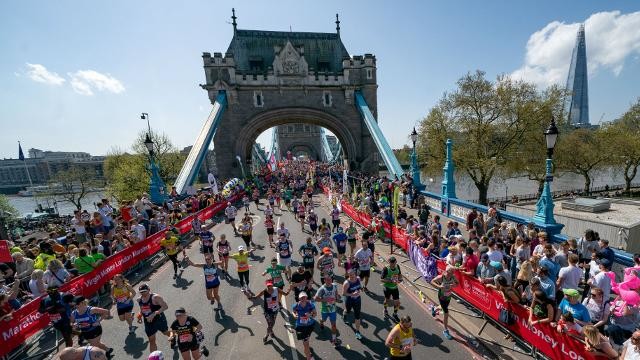
Organizers of mass participation running events have welcomed the news after the government confirmed England would move to Step 4 from July 19, allowing outdoor events to resume.
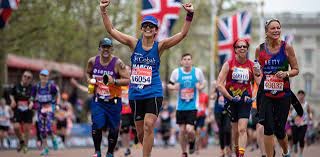
Last year’s Virgin Money London Marathon was postponed from April to October due to the pandemic, and then changed to a virtual event where most participants completed the distance from home.
Hugh Brasher, Event Director of London Marathon Events, said: “It is wonderful to confirm that our great mass participation events are returning across the country.
“The UK’s event organisers have worked together to ensure the safe return of mass participation sports events outdoors by participating in the government’s Events Research Programme and collaborating on a range of protocols that ensure our events will be safe and Covid-secure.”
A total of 37,966 finished the virtual event in 2020 giving it an official Guinness World Records title for the “most users to run a remote marathon in 24 hours”.
(07/16/21) Views: 74Isabella D'Emilio
Here’s How to Watch Every Track and Field Event During the Tokyo Olympics If You Don’t Have Cable
No cable box or login? No problem. Here’s how you can catch every track and field event from Tokyo.
For track and field fans, the Olympic Games are must-see TV. And this year, with spectators not allowed, television coverage feels more critical than ever.

Fortunately, NBC will air more than 5,500 hours total of live coverage across all sports from the Tokyo Olympics, which start July 23 and go until August 8. That will include qualifying rounds, semifinals, and finals of everything from the 100 meters to the marathon. (Check https://www.nbcolympics.com/schedule for the full schedule.)
With the 13-hour time difference between Tokyo and New York, most track and field coverage begins at either 4 a.m., 6 a.m., or 8 p.m. EDT. While some track and field events will air live on NBC proper, many will be shown on the network’s other channels, including USA and NBCSN—as well as on NBCOlympics.com, the NBC Sports App, or NBCSports.com, after you sign in with your cable or satellite provider login.
So, if you don’t have cable, how are you supposed to watch? We break it down for you.
Stream for free 

If you don’t have a cable login, you’re limited to highlights on those NBC websites and the app. With an increasing number of online streaming services, however, it’s still possible to catch every second of the action on your smart TV, computer, phone, or tablet, even if you don’t have a cable subscription.
And—if you time your sign-ups right—you can even do it for free.
First things first: Make sure you’ve joined NBC’s Peacock service—even if you have cable. Some track and field events—for instance, the men’s and women’s 10,000 meters and finals of the 1500 meters and 100 meters—will stream live there exclusively. It’s free. (For a $4.99 a month Peacock Premium subscription, you can get Olympic basketball and have access to other track events, such as the Diamond League meets, but you don’t need a Premium subscription for Olympic track.)
Live coverage of the remaining track and field events will be spread between NBC, USA, CNBC, and—for the men’s and women’s race walk—NBCSN. So, you can pair Peacock with a streaming service that includes other NBC stations to watch all your favorite athletes.
Track and field events take place during the 10-day period from July 30 to August 8. Because several companies offer seven-day free trials for new customers, it’s possible to string a few promo periods together to cover track and field, or even the entire Games.
A word to the wise: Set yourself a calendar reminder to cancel at the end of the trial period if you don’t want to incur charges. However, none of these services requires a long-term contract, so even if you forget, the most you’re out is a month of subscription fees.
Streaming services
Here are five options—complete with cost, trial period, and how much storage space you get for recording, so you can watch later or revisit key races as many times as you want. Note: In some markets, local NBC affiliates aren’t available on all of these services. So if you don’t already have a way to watch local TV, double-check by entering your ZIP code on the website or contacting customer service before you sign up.
AT&T TV
Price: $69.99/month for the Entertainment package
What you get: 65+ channels and 40,000 on-demand TV shows and movies
DVR storage: 20 hours, or upgrade to unlimited for an additional $10/month
Free trial? No
FuboTV
Price: $64.99/month for the Starter package
What you get: 100+ channels, some TV shows and movies on-demand, and 130+ events, including other track and field favorites like Diamond League and American Track League meets
DVR storage: 250 hours
Free trial? 7 days
Hulu + Live TV
Price: $64.99/month
What you get: 75+ channels, on-demand library with TV and movies, plus Hulu originals (think The Handmaid’s Tale and Little Fires Everywhere)
DVR storage: 50 hours
Free trial? 7 days
Sling Blue
Price: $35/month, plus an extra $6/month for News Extra to include CNBC
What you get: 30+ channels, with some TV shows and movies on-demand
DVR storage: 50 hours, or upgrade to 200 hours for an additional $5/month
Free trial? No, but there’s an intro offer of $10 for your first month
YouTubeTV
Price: $64.99 per month
What you get: 85+ channels, with some TV shows and movies on-demand
DVR storage: Yes, with unlimited space
Free trial? Promo offers are frequently updated, so check back
(07/17/21) Views: 71Runner’s World
Britain is sending its Âbiggest team to compete in a foreign ÂOlympics, with more women than men for the first time ever
Four of those female athletes will be looking to win gold at three separate games in a row, which has never been achieved by UK women stars.
There will be 201 female athletes and 175 men in Team GB, with another 22 reserves ready to go across 26 sports when the games open next Friday.

It is the first time in the event’s 125-year history that the balance has shifted in the favour of women.
Cyclist Laura Kenny, taekwondo star Jade Jones, rower Helen Glover and equestrian Charlotte Dujardin, are all in line to take home a hat-trick of gongs in Tokyo after winning at London and Rio.
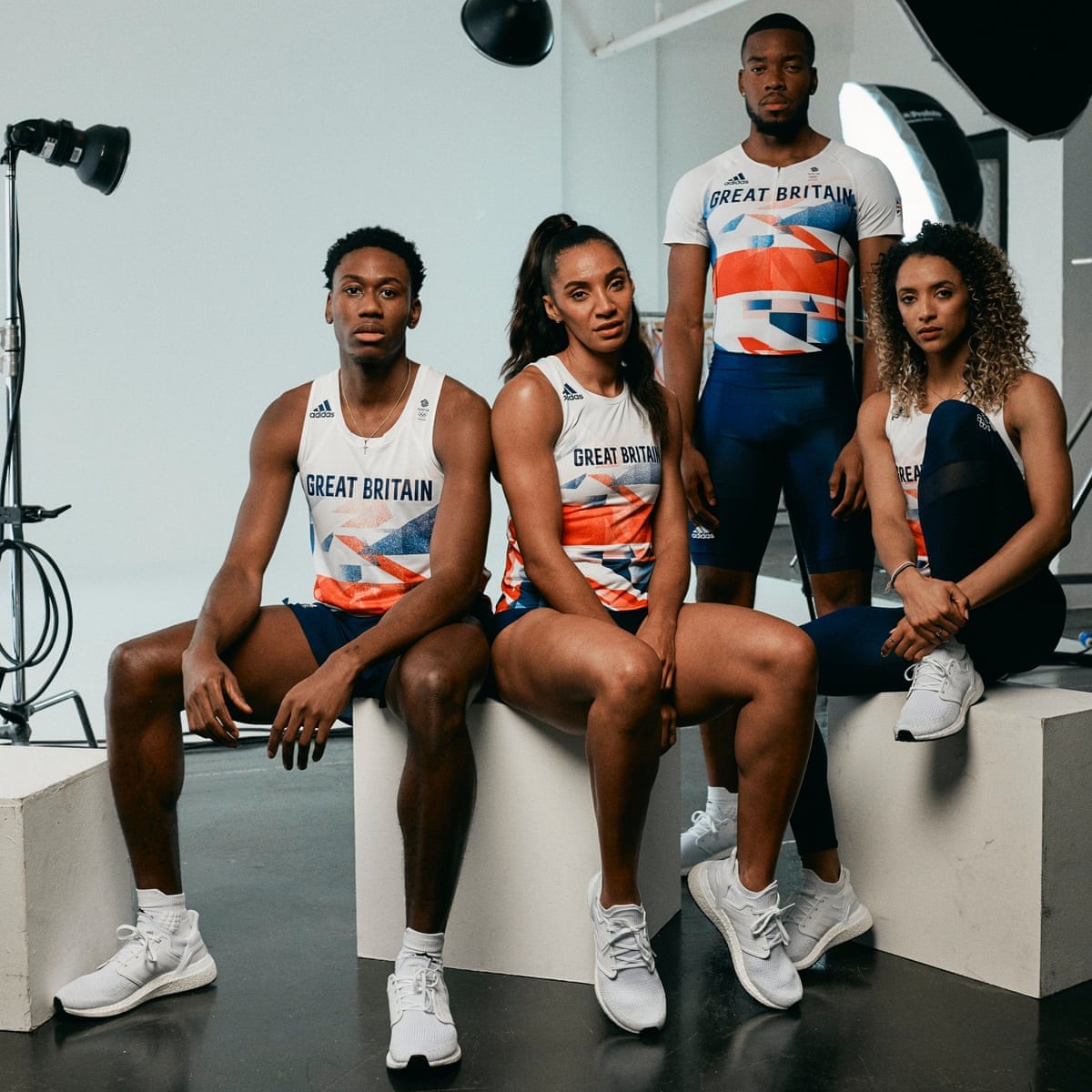
Glover will be the first British rower to compete after becoming a mum, while Kenny – who has also had a baby since Rio – is the UK’s most successful female athlete ever with four golds.
Team GB’s youngest star is skateboarder Sky Brown, who turned 13 on July 12. And at 54, dressage star Carl Hester will be the oldest.
If Hannah Mills scoops a medal in Tokyo, it will make her the most successful female Olympic sailor of all time, after landing silver at London 2012 and gold at Rio 2016.
Proud Team GB chiefs have declared 2021 the “year of the female Olympian”.
They will be hard-pushed to emulate the 67 medals in Rio. But after a grim 18 months of Covid and the disappointment of the Euro 2020 final, any haul will be a huge boost for the UK.
(07/16/21) Views: 69Jeremy Armstrong
Portland Marathon returns October 3
The Portland Marathon is set for October 3 with no foreseen COVID restrictions.
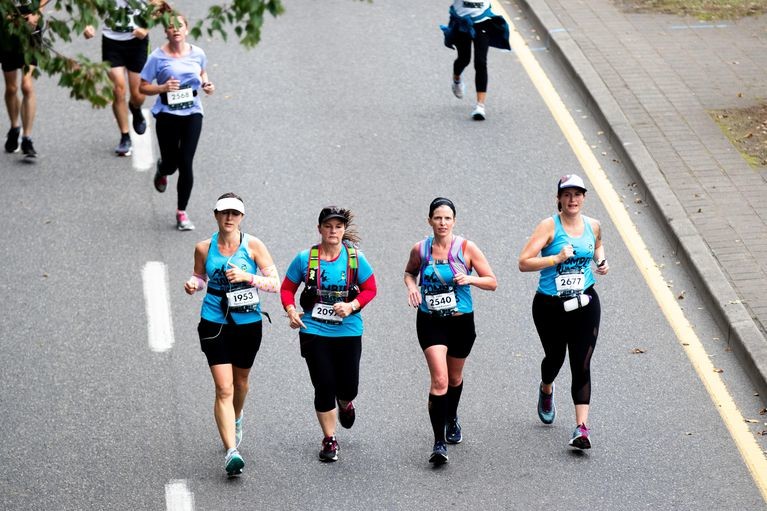
The marathon’s organizers said the race can happen restriction-free after Gov. Brown lifted all COVID-19 restrictions last month.
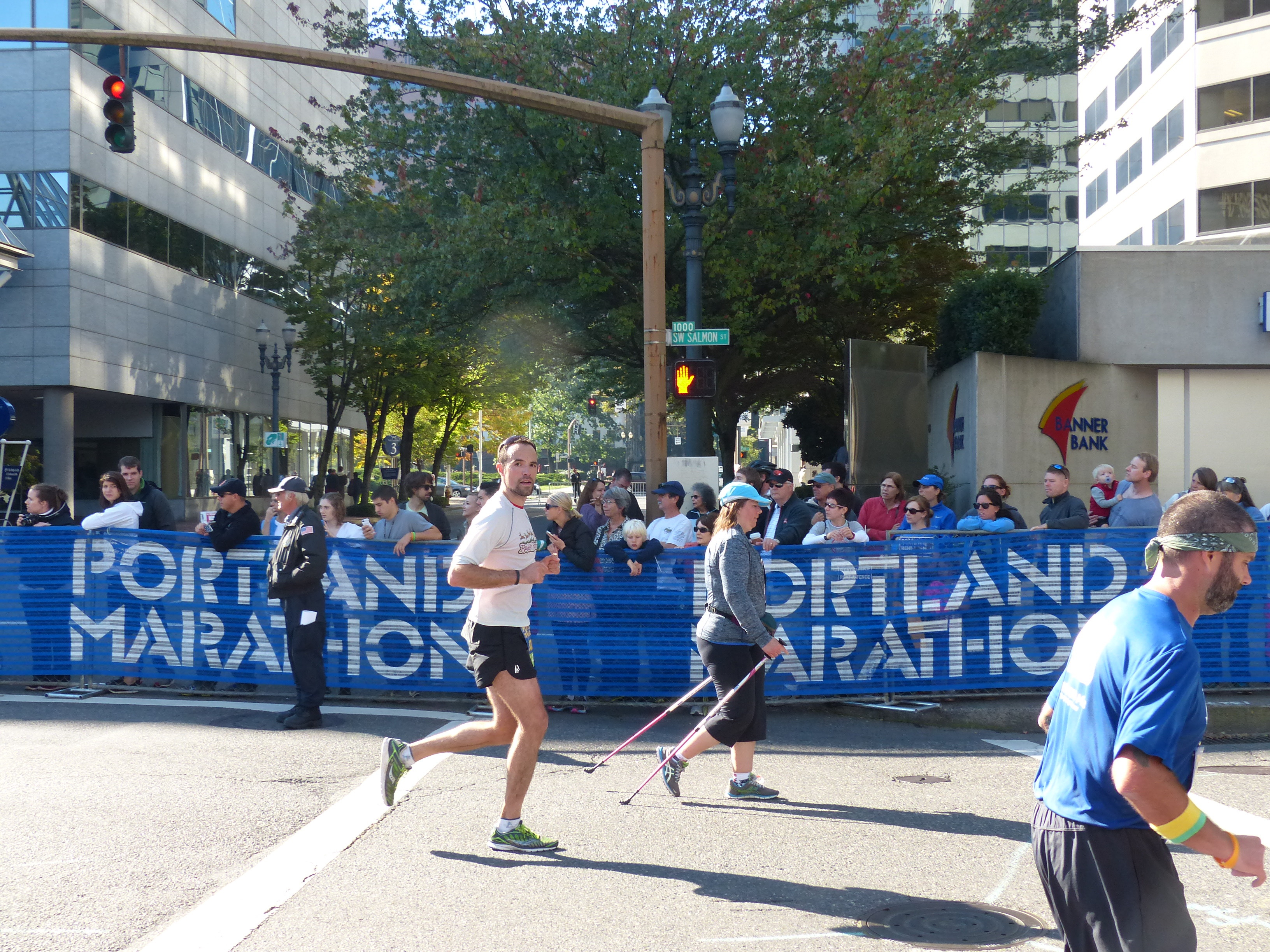
This will be the 49th annual Portland Marathon. The 2020 marathon was canceled due to the pandemic.
This year’s marathon is presented by OHSU Health. Racers can either do the full marathon, 26.2 miles, or a half marathon, 13.1 miles.
(07/16/21) Views: 68Kohr Harlan
Will Ethiopian-born Dutch distance star Sifan Hassan make history at Tokyo Olympics 2020?
Sifan Hassan is an Ethiopian-born Dutch female long-distance runner. Her plans to compete in 1,500m, 5,000m and 10,000m track races at the Tokyo Olympic Games have created buzz in the running world.
If she is successful in winning gold medals in all three races, it will be unprecedented in the history of Track and Field at the Olympics. No female distance runner has won more gold medals in the 1,500m, 5,000m and 10,000m track races at the same Olympic Games.
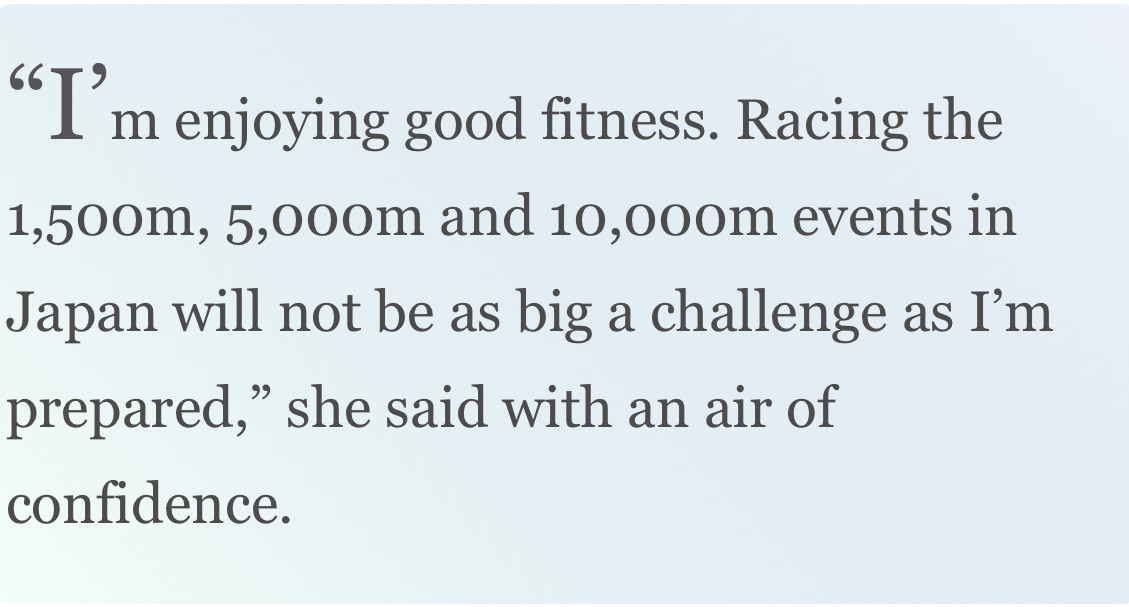
Athletes in the past have attempted the 5,000m and 10,000m double at the Olympics, but the 28-year-old has added a 1,500m event to her menu that is being intensely debated.
At the 2019 Doha World Championships, she made history by winning gold medals in the 1,500m and 10,000m, to become the first female runner to do so.
Why is it tougher to set records in the Olympics
There is a major difference in competing at the Olympics and posting a fast time during one-day international competitions.
During lucrative one-day prize money events across the globe, race organizers have pacemakers to break records. However, elite athletes employ different tactics to win medals at major championships including Olympics.
Therefore, timings are faster in one-day competitions rather than at the Olympics as the main aim is to win medals and not break records.
Since races at the Olympics are sometimes slow in comparison to one-day meetings, the tactical battle could be an advantage for Sifan as she has both the speed and endurance.
At the Tokyo Olympics, the women’s 5,000m preliminary round is scheduled for the evening session on July 30 while the women’s 1,500m heats are slated for a morning session on August 2.
There is enough time between the 5,000m and 1,500m heat for Sifan to recover.
But it could be punishing for the Dutch distance runner as the event progresses. After the 1,500m heat in the morning session, she will be racing the women's 5,000m final in the evening session on August 2.
Sifan's next race, the women’s 1,500m semis will be on August 4. The final is on August 6.
After a good race on August 6 will she recover to compete in the women’s 10,000m final on August 7?
Having shown her prowess over distances ranging from 1,500m to half marathon, Sifan would be one to watch at the Tokyo Olympics.
In the first week of June, Sifan smashed the women’s 10,000m five years old world record in Hengelo, the Netherlands. She clocked 29 minutes 06.82 seconds to better Ethiopia’s Almaz Ayana’s record of 29 minutes 17.45 seconds set at the 2016 Rio Olympics.
Last week (July 9) at the Monaco Diamond League, Sifan clocked 3 minutes 53.60 seconds to finish second behind arch rival Faith Kipyegon of Kenya, whose winning time was 3 minutes 51.07 seconds.
The inspiring story of Sifan Hassan
As a teenager, Sifan had to flee Ethiopia. She was barely 15 and reached the Netherlands as a refugee in 2008. She began running and enrolled herself in a nursing course. She gained Dutch citizenship in 2013.
According to Sifan, the nursing course took a backseat as she became a professional athlete. She will compete in Japan for her adopted country.

N Singh


